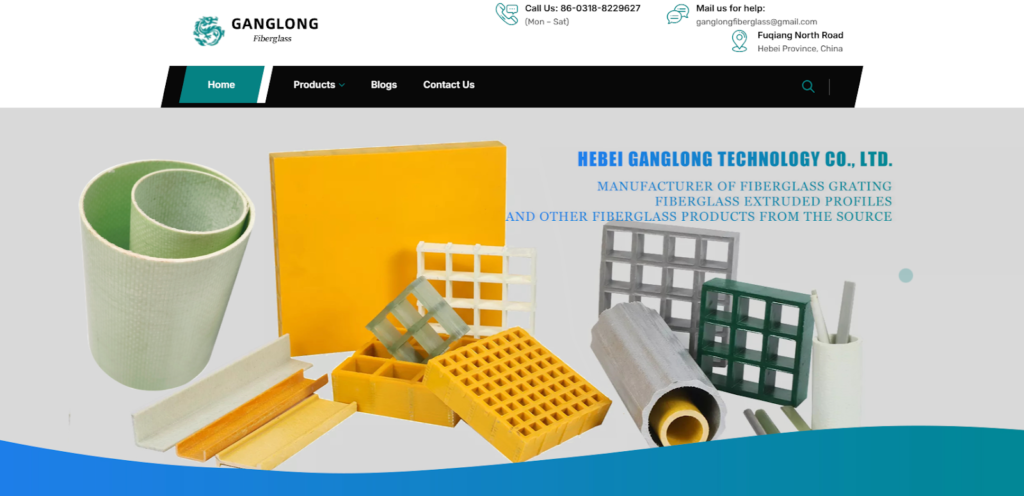Key Considerations
Selecting the appropriate cable ladder for your project is essential to ensure long-term functionality, efficiency, and ease of maintenance. Several factors must be considered before making a decision, including load capacity, environmental conditions, installation requirements, and available space. The right choice of materials and system design will not only optimize cable management but also ensure the system’s durability and performance in the long run.
Load Capacity
The load capacity is one of the most important considerations when choosing a cable ladder. It is crucial to assess the weight of the cables to be supported, which may include electrical cables, fiber optic cables, control cables, and data cables. For heavier cable bundles, such as those used in industrial or data center environments, a heavy-duty cable ladder is necessary. These ladders are designed to bear higher loads and provide the structural integrity required to safely support large, dense cable systems without sagging or bending. For lighter applications, such as in commercial buildings or residential developments, standard-duty cable ladders will suffice.
Environmental Conditions
The environment where the cable ladder will be installed significantly impacts the material selection. If the installation is in a corrosive environment, such as outdoor locations, industrial plants, or coastal areas, materials like galvanized steel, stainless steel, or fiberglass-reinforced composites are recommended. Galvanized steel is an excellent option for moderate exposure to moisture, as it is coated to resist corrosion. Stainless steel offers even greater corrosion resistance, making it ideal for harsh, high-moisture, or chemically active environments. For applications that require an added layer of protection against environmental factors, such as UV exposure or extreme temperatures, fiberglass-based cable ladders, made with materials like Fiberglass Sheets or Chopped Strand Mat (CSM), provide superior durability and corrosion resistance while being lightweight.
Installation Requirements
Installation requirements should be considered to ensure that the cable ladder can be properly set up in the available space. Factors such as the length of the run, the number of obstacles, and the complexity of the installation area should be accounted for in the planning phase. Customizable cable ladders can be fitted with various accessories like elbows, tees, and risers to navigate corners or other structural obstructions, ensuring smooth cable routing. Fiberglass ladders, in particular, offer flexibility in design and configuration, which makes them adaptable to different installation scenarios. Additionally, fiberglass ladders are generally lighter than metal options, making them easier and quicker to install, reducing labor costs.
Available Space
The available space for the cable ladder is another important consideration. Cable ladders come in a variety of widths and lengths to suit different installations. It is essential to measure the available space carefully to ensure that the cable ladder can fit without interfering with other systems or structures. For confined areas or locations with limited space, narrow ladders or custom configurations can be chosen. If the ladder needs to run across long distances, custom lengths can be fabricated to suit the specific project needs, reducing the need for joints or additional support brackets.
Materials for Durability and Corrosion Resistance
The material of the cable ladder directly affects its longevity, strength, and resistance to environmental stressors. Different materials offer varying levels of durability and resistance to corrosion:
- Galvanized Steel: This material is coated with a layer of zinc to protect against rust and corrosion. It is an economical option for installations in moderately humid environments, offering both strength and affordability.
- Aluminum: Lighter than steel, aluminum is an excellent choice for applications that require a lightweight system without compromising on strength. It is also naturally resistant to corrosion, making it suitable for both indoor and outdoor installations.
- Stainless Steel: For the most demanding environments, stainless steel is the preferred option. It offers exceptional resistance to corrosion, high temperatures, and harsh chemicals, making it ideal for industries like oil and gas, pharmaceuticals, and marine applications.
- Fiberglass (CSM & Sheets): For applications that require superior resistance to environmental elements such as UV exposure, chemicals, and extreme temperatures, fiberglass-based cable ladders are ideal. The use of Chopped Strand Mat and Fiberglass Sheets ensures that these ladders are both durable and corrosion-resistant while being lightweight and easy to install.
Importance of Planning Ahead
Planning a cable management system in advance is crucial to ensure that the cable ladder performs optimally throughout its life cycle. Proper planning should involve determining the load requirements, choosing the right materials, and assessing environmental factors that could affect the system’s performance. It’s also important to consider future expansions or modifications to the system. By designing a flexible and scalable system, it will be easier to add or modify cables as the project evolves.
In addition, pre-planning the layout of the ladder system will reduce installation time and minimize costly mistakes. Having a clear understanding of the space, environmental conditions, and cable needs allows for a more efficient and cost-effective installation process. Regular maintenance schedules should also be established to monitor the system’s integrity and address any issues before they lead to significant downtime or system failure.
By carefully considering these factors and selecting the right materials and design, you can ensure that your cable ladder system will not only meet current needs but also remain functional, safe, and cost-effective for years to come.
